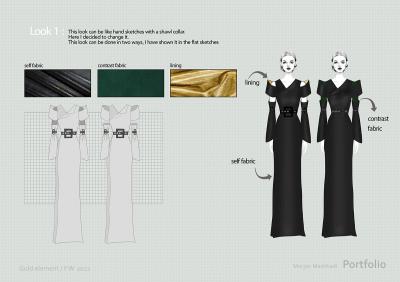1. Introduction:
In today's visual-driven world, high-quality images are essential for various purposes, from marketing campaigns to creative projects. Shutterstock and Unsplash are two prominent platforms offering stock images, each with its own unique features and offerings. Shutterstock provides a comprehensive collection of premium stock images, illustrations, and videos, catering to commercial and editorial needs.On the other hand, Unsplash is renowned for its vast library of free high-resolution images contributed by a community of photographers worldwide. This blog post aims to compare Shutterstock and Unsplash, delving into aspects such as image quality, licensing, pricing, and community involvement. By understanding the strengths of each platform, readers can make informed decisions when seeking free or premium stock images for their projects.Also Read This: how to find ai generated images
2. Shutterstock
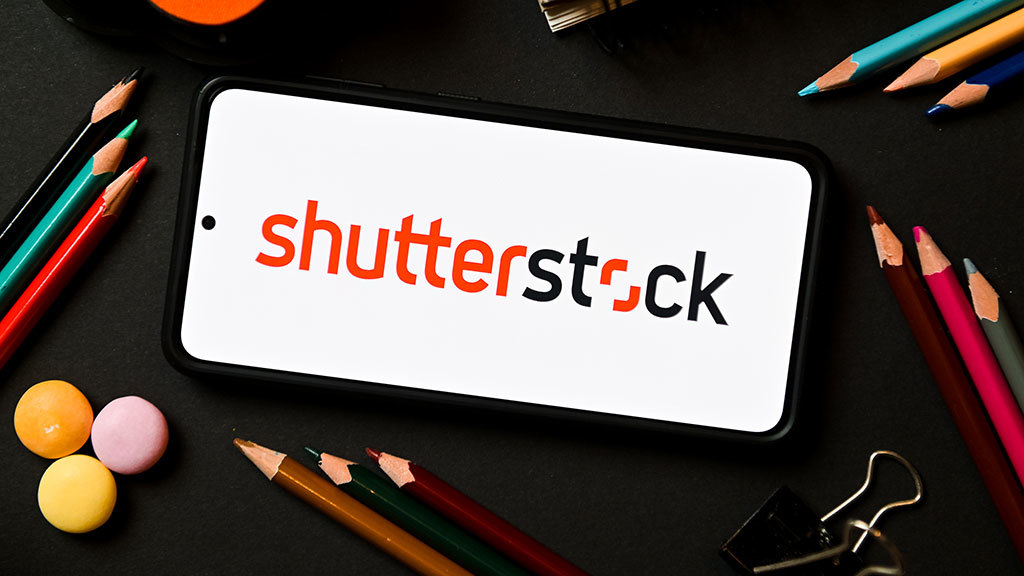 Shutterstock is a leading platform in the stock image industry, offering a wide range of high-quality images, illustrations, and videos for various creative and commercial purposes. With a vast collection comprising millions of assets, Shutterstock provides a comprehensive solution for professionals seeking premium content. The platform offers diverse licensing options, allowing users to access and utilize images for commercial or editorial use based on their specific needs. Additionally, Shutterstock stands out for its curated content and contributions from professional photographers, ensuring a consistent level of quality and reliability. Whether you're working on a marketing campaign, website design, or creative project, Shutterstock serves as a valuable resource for accessing top-notch visual assets.
Shutterstock is a leading platform in the stock image industry, offering a wide range of high-quality images, illustrations, and videos for various creative and commercial purposes. With a vast collection comprising millions of assets, Shutterstock provides a comprehensive solution for professionals seeking premium content. The platform offers diverse licensing options, allowing users to access and utilize images for commercial or editorial use based on their specific needs. Additionally, Shutterstock stands out for its curated content and contributions from professional photographers, ensuring a consistent level of quality and reliability. Whether you're working on a marketing campaign, website design, or creative project, Shutterstock serves as a valuable resource for accessing top-notch visual assets.Also Read This: Is Depositphotos Legit? Exploring the Trustworthiness of the Stock Image Platform
3. Unsplash
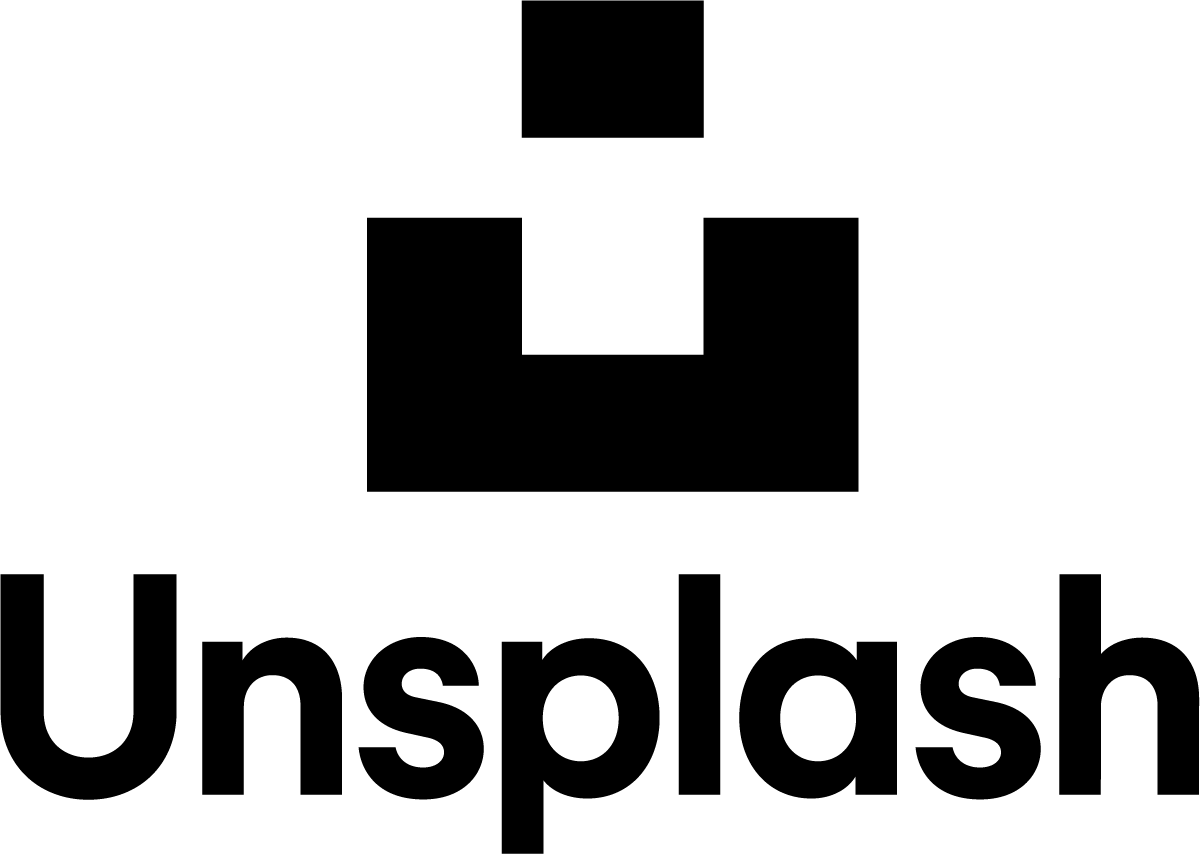 Unsplash is a popular platform known for its extensive library of free high-resolution images. With a community-driven approach, Unsplash offers a vast collection of photos contributed by photographers from around the world. The platform operates under the Creative Commons Zero (CC0) license, granting users the freedom to use, modify, and distribute the images for personal and commercial purposes without the need for attribution.Unsplash's aesthetic is diverse, covering a wide range of subjects and styles, making it a go-to resource for creative projects. Whether you're a designer, blogger, or content creator, Unsplash provides a rich and diverse pool of high-quality images that can enhance your visual content without any cost constraints.
Unsplash is a popular platform known for its extensive library of free high-resolution images. With a community-driven approach, Unsplash offers a vast collection of photos contributed by photographers from around the world. The platform operates under the Creative Commons Zero (CC0) license, granting users the freedom to use, modify, and distribute the images for personal and commercial purposes without the need for attribution.Unsplash's aesthetic is diverse, covering a wide range of subjects and styles, making it a go-to resource for creative projects. Whether you're a designer, blogger, or content creator, Unsplash provides a rich and diverse pool of high-quality images that can enhance your visual content without any cost constraints.Also Read This: How to Convert an Image to EPS Format
4. Image Quality and Variety:
When comparing Shutterstock and Unsplash in terms of image quality and variety, several factors come into play:1. Image Quality:
- Shutterstock: As a premium stock image provider, Shutterstock prides itself on offering high-quality images. The platform ensures that its contributors meet strict quality standards, resulting in sharp, well-composed, and professional-grade visuals. Users can expect images with excellent resolution, clarity, and attention to detail. - Unsplash: While Unsplash primarily offers free images, the overall image quality is still impressive. The platform has a vast pool of talented photographers who contribute their work, resulting in a diverse range of high-resolution images. However, since Unsplash relies on community contributions, the quality may vary slightly compared to the curated selection on Shutterstock.2. Variety of Images:
- Shutterstock: With millions of assets available, Shutterstock provides a vast selection of images across numerous categories, including business, technology, travel, lifestyle, and more. Users can find a wide variety of subjects, styles, and concepts to suit their specific needs. - Unsplash: Unsplash boasts a diverse collection of images covering various topics, ranging from nature and landscapes to portraits, architecture, and beyond. While the selection may not be as extensive as Shutterstock, the platform's community-driven approach ensures a unique and eclectic mix of visuals.Both platforms offer quality images, but Shutterstock's curated collection may provide a more consistent level of professionalism. However, Unsplash's community-contributed content can offer a more diverse and creative range of images. The choice ultimately depends on the specific requirements, budget, and desired aesthetic of the user.Also Read This: How to Successfully Sell Your Photos to Getty Images
5. Licensing and Usage:
When comparing the licensing and usage terms of Shutterstock and Unsplash, there are notable distinctions between the two platforms:1. Shutterstock:
- Licensing Options: Shutterstock offers a range of licensing options, including Standard and Enhanced licenses. These licenses provide users with the necessary permissions for commercial and editorial use of the images based on their specific needs. The licenses come with varying restrictions and usage allowances, ensuring legal compliance and protecting the rights of both the users and contributors. - Premium Content: Shutterstock's premium content often requires a paid subscription or purchase. Users gain access to a broader selection of exclusive images, illustrations, and videos that may not be available under free licenses. - Legal Protection: Shutterstock ensures legal protection for its users by verifying the copyrights and model releases of the assets available on its platform, reducing the risk of copyright infringement.2. Unsplash:
- Creative Commons Zero (CC0) License: All images on Unsplash are licensed under the CC0 license, which allows users to freely use, modify, and distribute the images for personal and commercial purposes without attribution. This grants users more flexibility and simplicity in using the images without licensing fees or restrictions. - Public Domain: Unsplash contributors waive their rights to the images, effectively placing them in the public domain. This makes the images free from copyright restrictions, providing users with a broader range of usage options.The licensing terms and conditions of Shutterstock and Unsplash cater to different user requirements. Shutterstock's licensing options offer more comprehensive usage rights and legal protection, making it suitable for commercial projects. On the other hand, Unsplash's CC0 license provides greater freedom for personal and commercial usage without attribution. The choice between the platforms depends on the specific needs, desired usage rights, and budget constraints of the user.Hey! I just published these backgrounds on @unsplash pic.twitter.com/NbZpijDigj
— Ruido98 (@Ruido98) July 7, 2023
Also Read This: how to post image on linkedin
6. Premium Content and Advanced Features:
When it comes to premium content and advanced features, there are distinct differences between Shutterstock and Unsplash:1. Shutterstock:
- Premium Content: Shutterstock offers a vast collection of premium content, including high-quality images, illustrations, and videos. This premium content is often created by professional photographers and artists, ensuring a consistent level of quality and professionalism. - Exclusive Collections: Shutterstock features exclusive collections curated by its in-house team, providing users with access to unique and specialized content. These collections cater to specific themes, styles, or industries, allowing users to find assets tailored to their specific needs. - Advanced Search Features: Shutterstock provides advanced search options and filters that allow users to refine their search based on criteria such as image orientation, color palette, image type, and more. These features make it easier to find precisely what users are looking for.2. Unsplash:
- Free Content: Unsplash primarily focuses on offering free content to its users. While the platform doesn't offer premium content explicitly, its vast collection of high-quality images is available to users at no cost. - Image Editing Tools: Unsplash provides basic image editing tools through its integration with the Unsplash API. These tools allow users to make minor adjustments to images directly on the platform, saving time and effort in post-processing.Shutterstock's premium content and exclusive collections cater to users seeking professional-grade visuals and specialized content for their projects. The advanced search features make it easier to find specific types of assets. On the other hand, Unsplash's focus on free content provides users with a wide range of high-quality images without the need for a paid subscription. While Unsplash doesn't offer advanced features comparable to Shutterstock, it does provide basic image editing tools for convenience. The choice between the platforms depends on the user's budget, project requirements, and the need for premium or free content.Also Read This: How to Check Your Available Stock Credits on Adobe Stock
7. Community and Contributor Experience:
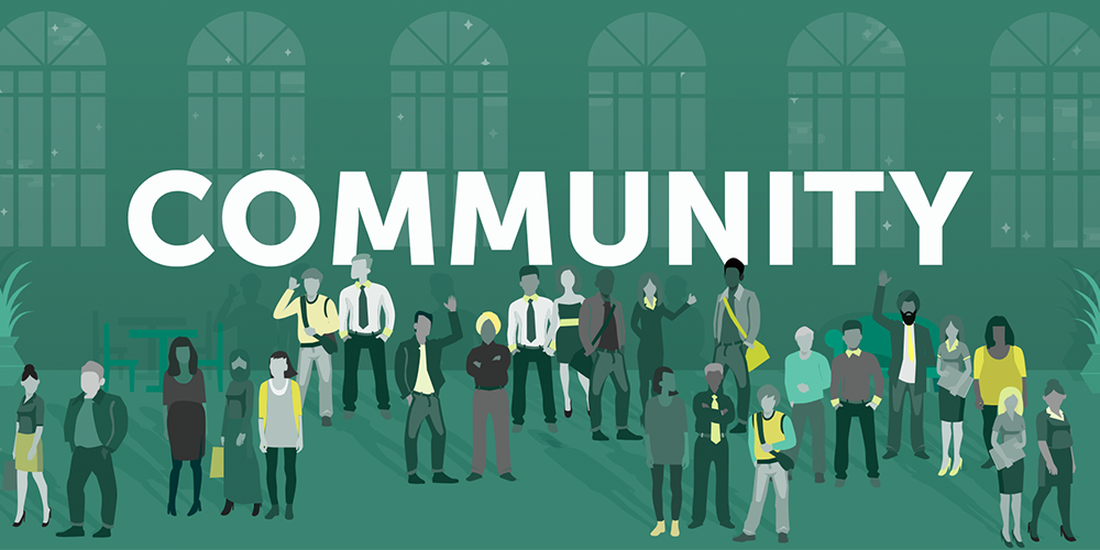 The community and contributor experience differ between Shutterstock and Unsplash:
The community and contributor experience differ between Shutterstock and Unsplash:1. Shutterstock:
- Professional Contributors: Shutterstock attracts professional photographers, artists, and content creators who contribute to the platform's premium content. This ensures a consistent level of quality and professionalism throughout the collection. - Curated Content: Shutterstock has a team of editors who curate and review submissions, maintaining a high standard for the images available on the platform. This curation process helps users find reliable and top-notch content. - Contributor Benefits: Shutterstock provides various benefits for contributors, including competitive earnings through royalty payments, access to a global marketplace, and opportunities for exposure and recognition.2. Unsplash:
- Community-Driven Platform: Unsplash has a community-driven approach, with a vast network of photographers contributing their work. This creates a diverse and eclectic collection of images that reflects the creativity and perspectives of the community. - Exposure and Recognition: Unsplash provides photographers with the opportunity for exposure and recognition. Many photographers have gained visibility and expanded their reach through their contributions to Unsplash. - Creative Collaboration: Unsplash fosters a sense of community and collaboration among photographers and content creators. Users can follow and connect with photographers whose work resonates with them, facilitating creative exchanges and networking opportunities.Both platforms offer different experiences for contributors and users. Shutterstock attracts professional contributors, ensuring a high level of quality and reliability in its premium content. On the other hand, Unsplash's community-driven platform allows photographers to showcase their work, gain exposure, and participate in a vibrant creative community. The choice between the two platforms depends on the photographer's goals, whether they prioritize professionalism, earnings, or community engagement.The following video is about Shutterstock:Also Read This: How to Use Getty Images on Your Website: Best Practices for Legal Use
FAQs about Shutterstock vs Unsplash:
1. What are Shutterstock and Unsplash?- Shutterstock is a stock photo agency that sells both royalty-free and rights-managed images.
- Unsplash is a free stock photo website that offers high-quality, high-resolution images that can be used for commercial and non-commercial purposes.
- Shutterstock offers a wider variety of images than Unsplash, including both royalty-free and rights-managed images.
- Unsplash only offers royalty-free images, but these images are all high-quality and high-resolution.
- Shutterstock is a paid service, while Unsplash is free to use.
- Shutterstock has a more complex licensing system than Unsplash.
- If you need a wide variety of images and are willing to pay for them, then Shutterstock is a good option for you.
- If you are looking for free, high-quality images, then Unsplash is a good option for you.
- Pexels
- Pixabay
- Gratisography
- Freestock
- Picography
- Getty Images
- iStockphoto
- Adobe Stock
- Dreamstime
- Alamy
- They can save you time and money.
- They can help you create professional-looking content.
- They can help you reach a wider audience.
- They can help you stay up-to-date on trends.
- They can help you find the perfect image for your needs.
- The purpose of the image.
- The target audience.
- The style of the image.
- The licensing terms.
- Royalty-free photos: These photos can be used for commercial and non-commercial purposes, without any restrictions.
- Rights-managed photos: These photos have specific licensing terms, which may limit how you can use them.
- Vector images: These images are made up of lines and shapes, and they can be scaled to any size without losing quality.
- Illustrations: These images are created by artists, and they can be used to add a creative touch to your content.
- Collages: These images are made up of multiple photos, and they can be used to tell a story or to create a unique look.
- The duration of the license.
- The territory in which the image can be used.
- The type of use that is permitted.
- The number of copies that can be made.
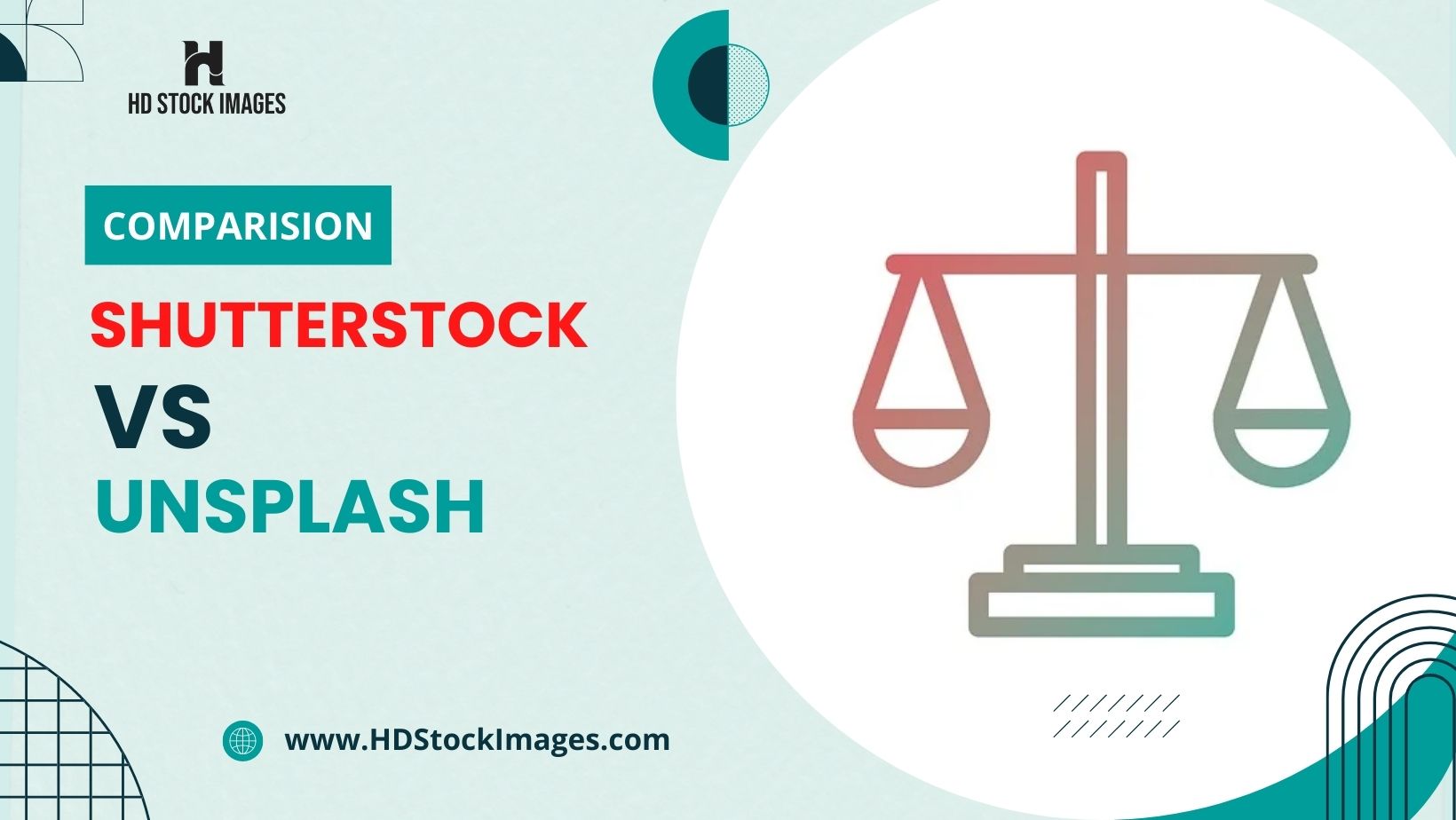
 admin
admin




